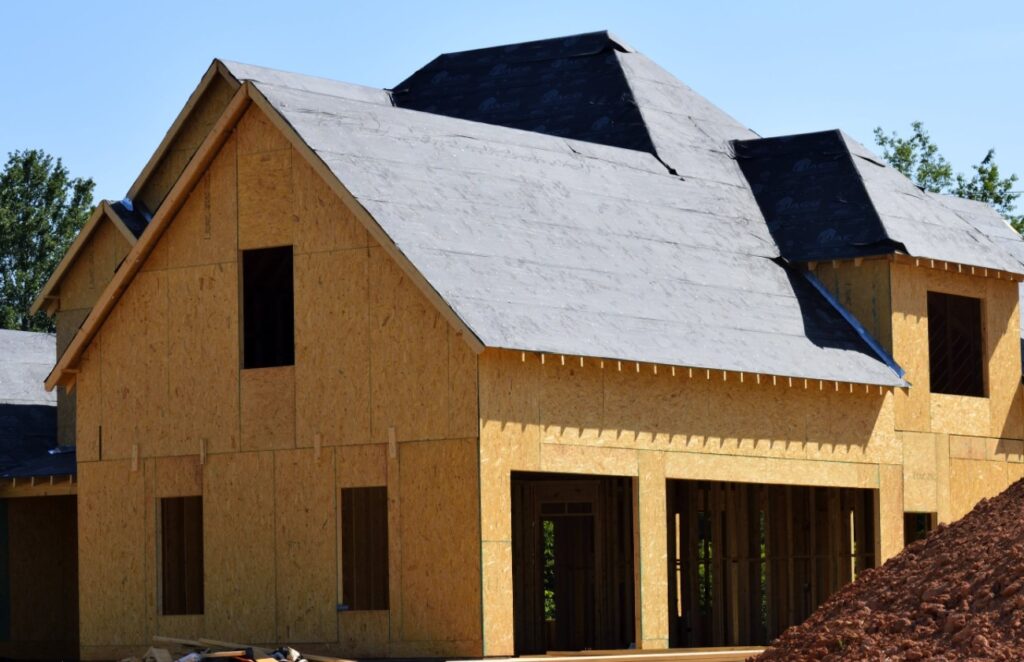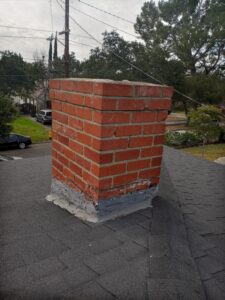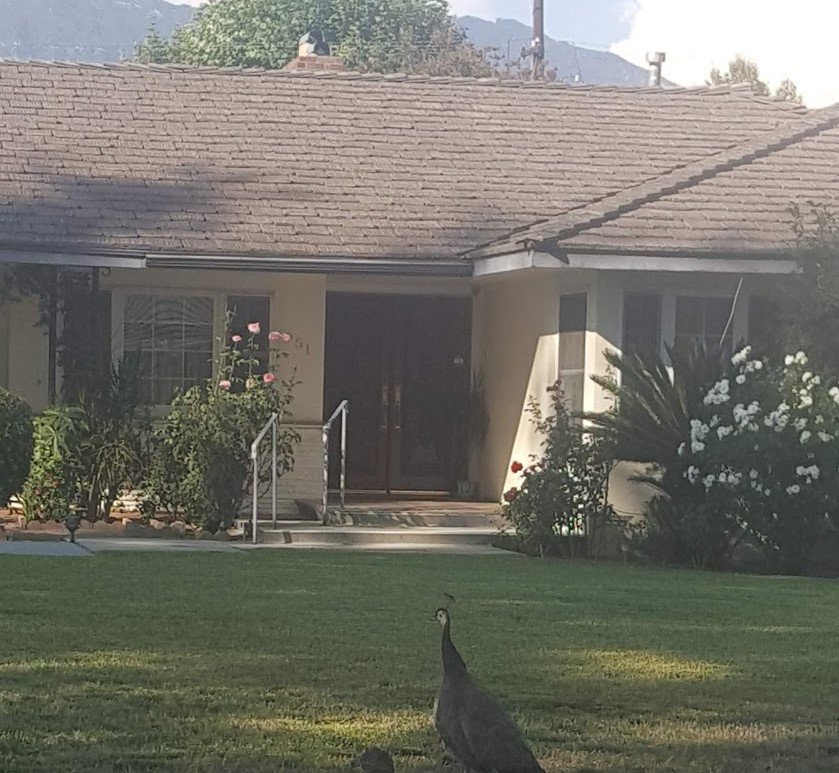
Photo by Pixabay
Know these roofing basics so you can have a better understanding of what it means to repair or install a new roof. Every trade has its own terms so bookmark this and use it as a reference.
Choosing the best roofing contractor is important. In the San Gabriel Valley, Thomas Garvey is a local roofing contractor serving cities from Pasadena to Bradbury, and from Temple City to Azusa. He has over 30 years of experience and offers a unique guarantee in the industry:
Estimates are free
All labor and materials are guaranteed
Take note of this: Garvey Roofing can install a new roof which can help you save money over a solar roof and keep your home or commercial building running efficiently.
The parts of a roof
Here’s an in-depth look at roofing materials.
Decking: usually plywood decking that has its own insulating ability. Plywood normally doesn’t have a specific lifespan. If it’s well protected from the elements then it can last 50 years or more.
Tip: check in your attic after a rain. If you see wet spots, then that means the current decking is compromised. Water seeks the lowest point, so look where the walls and roof join.
Rafters: These are the wood or metal slats inside your home that support the sheathing and shingles. They’re a bit like the skeleton for your roof.
Underlayment: this was “felt” in the old days. Quality underlayments are waterproof, too, so once the underlayment is on, then the decking and insides of the home are protected.
Garvey Roofing can use an underlayment like Therma Sheet that repels the sun’s harmful rays and reducing temperatures at the plywood by about 30 degrees. It keeps the home cooler in the summer and drier than traditional underlayments in the winter.
The decking and underlayment are vital to a healthy roof.
Shingles, tile, slate and more
This is what you see. Thomas Garvey selects the materials that are right for your roof and your structure. He’ll be glad to listen to your budget, your goals, and what colors can work.
He can custom design roofs for any age home, including historic homes.
Shingles: can last well over 30 years and over 50 years, depending on the thickness. Environmentally sound and old shingles are recycled. GAF and CertainTeed are the leading manufacturers of shingles.
They have a good UV coating to repel the sun.
Tile: clay and concrete are available. There is lightweight tile that’s lighter than shingles. Some areas north of the 210 freeway may require tile roofs, depending on the city ordinance and the zone that the home is in.
Ask Thomas about slate roofs, metal, solar and more.

Sealing around the chimney is an easy way to stop common leaks
Flashing: Sheet metal or other material installed on top of the joints of a roof system to prevent water damage. The joints of your roof are anywhere it changes direction, and flashing is used to help seal these points off from the elements.
Valley: the valley is where two slopes of the roof meet. This area is prone to leaks so proper underlayment, flashing, and drainage are extremely important.
Ventilation: air moving through the attic keeps temperatures as cool as possible in the summer and helps dry moisture in the winter.
Referring to these parts of a roof will give you a better understanding of what to expect if you need a roof repaired or a new roof installed.
For free and to discuss your needs, contact Garvey Roofing.
Also read,
Roof Maintenance Tips for Homeowners in the San Gabriel Valley.







